I'm building an analog distortion effect for my guitar. During testing I measured a random 470 kHz signal with an amplitude of 500 mV. Where does this signal come from, and how do I get rid of it?
I designed a op-amp circuit/PCB with a USB-C port for power, a boost converter (LMR62014XMF), and a linear regulator (TLV767) to provide a stable 8 V power source.
The input stage is a voltage follower circuit just for impedance conversion.
After the input stage (TP9) I measured the random 470 kHz signal with an amplitude of 500 mV. Over the next stages the signal gets amplified and I end up with up to 3 V at the output.
If I touch a GND connection of the circuit the signal becomes weaker. If I also touch another grounded element like my laptop the signal disappears completely.
I also observed the following: The circuit has a switch which connects the output AUX plug either to the output of the circuit (ON) or to the input AUX plug (and therefore to the input of the circuit as well) (OFF); the circuit output is left floating. The signal only appears when the switch is ON.
I would appreciate any ideas or suggestions about where this signal is coming from, and how I could fix it.
Edit:
As some suggested, the boost converter might be the problem. I will attach some measurements of the supply voltage. Both measurements where captured using AC coupling.
The switching frequency of the boost converter should be 1.6 MHz and allow a switch current of up to 1.4 A. The LDOs max. current is 1 A. The complete circuit draws only about 12mA.
Edit 2: As requested I will add pictures of the complete circuit as well as an image of the PCB layout.
Main Effect circuit (Distortion + Treble)
IO - USB-C, AUX in/out, 9V Barrel Jack (Alternative to USB-C)
PCB Layout:
4 Layer PCB. Ground zone on the back layer. 8V zone (and small 9V zone in the top left corner) on the first inner layer. 4V zone on the second inner layer
Edit 3:
Open-Loop Gain and Phase of the TL081
Solution:
After some comments/answers mentioning instability I took some more measurements which verified that this is indeed the source of my problem.
The easy solution for my prototype was to add a miller compensation to the tone and gain stage. For the next revision I will try to find the source of the Instability to eliminate it completely. Thank you all for the solutions, ideas and explanations. I learned a lot.
PS: The whole project can be found on GitHub, but I will of course also provide more pictures and measurements if needed.
